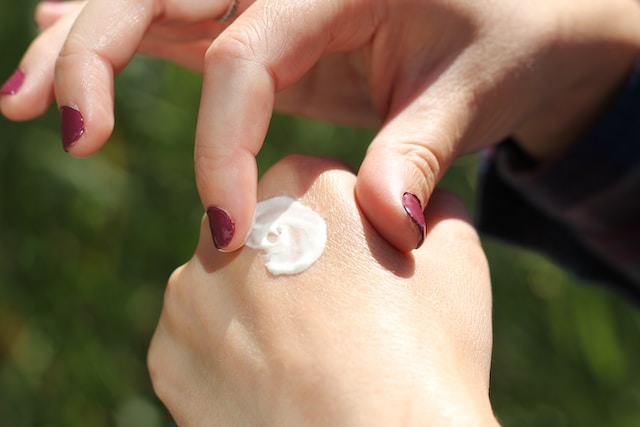The appearance of ingrown nails is not necessarily due to a lack of vitamins. Many people believe that ingrown nails are caused by a vitamin deficiency, but this is not the case.
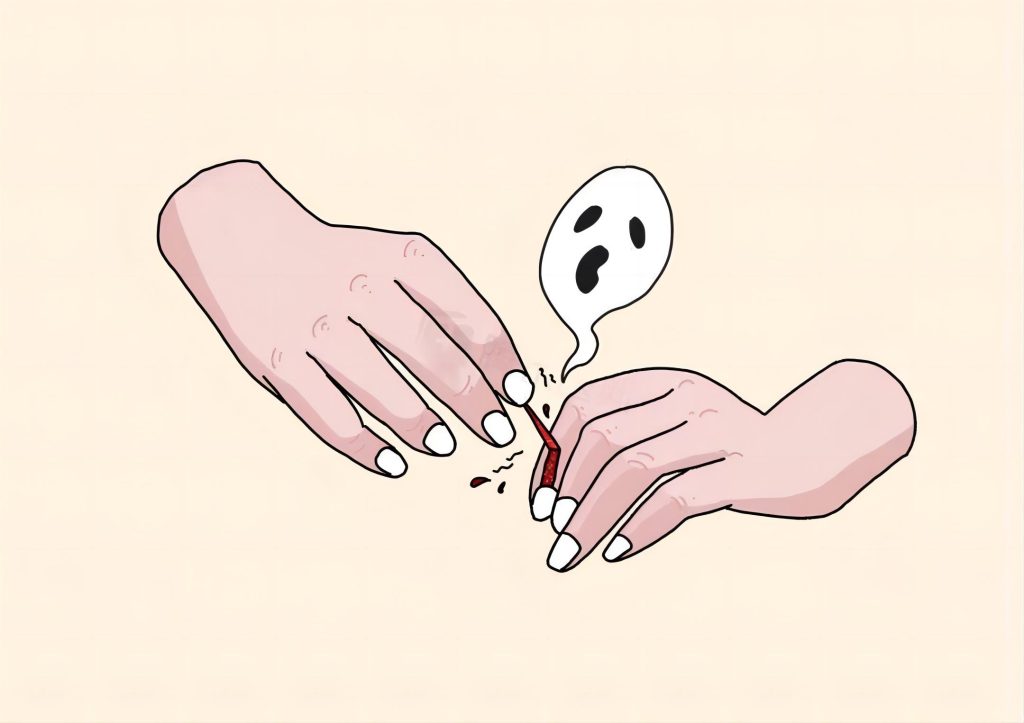
How do ingrown nails occur?
Ingrown nails occur when the skin’s stratum corneum (outermost layer) sheds too quickly. Our skin can be divided into the epidermis, dermis, and subcutaneous layers. Ingrown nails grow on the periphery of the epidermis, specifically in the stratum corneum. The stratum corneum naturally sheds, but under dry conditions, it can shed too quickly, resulting in a hardened skin structure. When this happens at the junction of the nail and the skin, an ingrown nail forms.
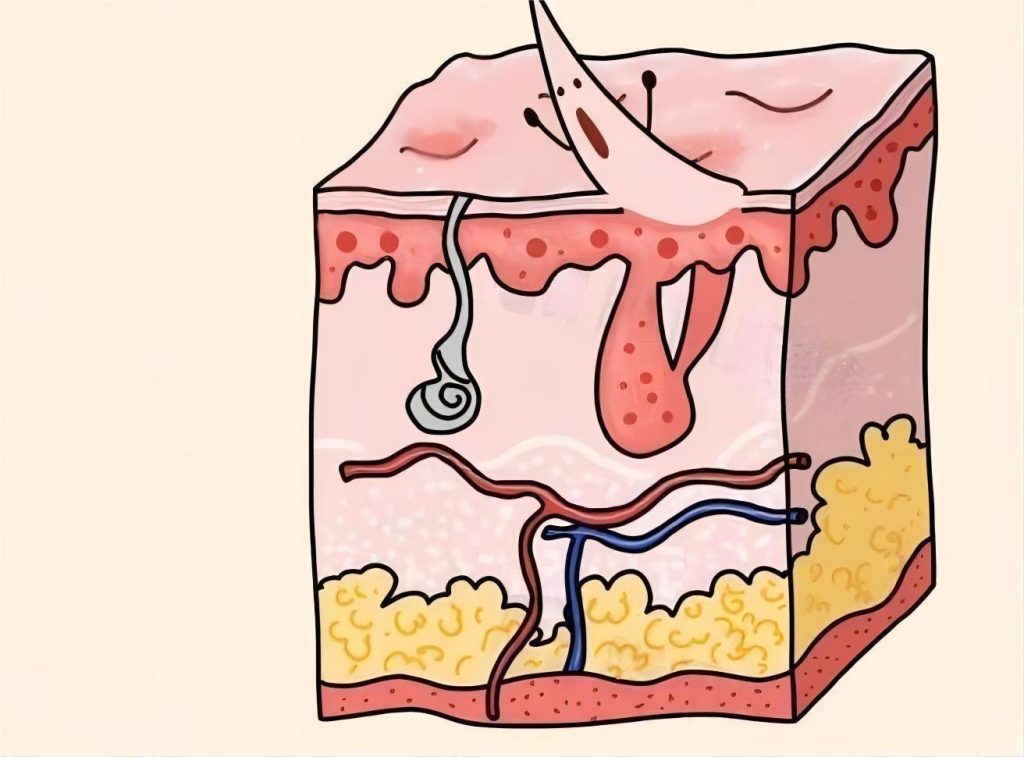
Why do ingrown nails always grow around the nails?
The junction of the skin and the nails lacks sebaceous glands, which means it cannot secrete sebum to form a protective film. In contrast, the skin on the palms and backs of the hands can replenish the sebum film through sebaceous gland secretion when it is disrupted. However, the skin around the nails cannot directly obtain sebum from itself. Therefore, when there is insufficient sebum from other areas, this specific area does not receive enough replenishment. In this situation, the occurrence of ingrown nails is easily understandable. Additionally, certain factors in daily life can further exacerbate this condition, such as frequent contact with alkaline substances like soap and detergents, frequent exposure to hot water, and frequent physical friction.
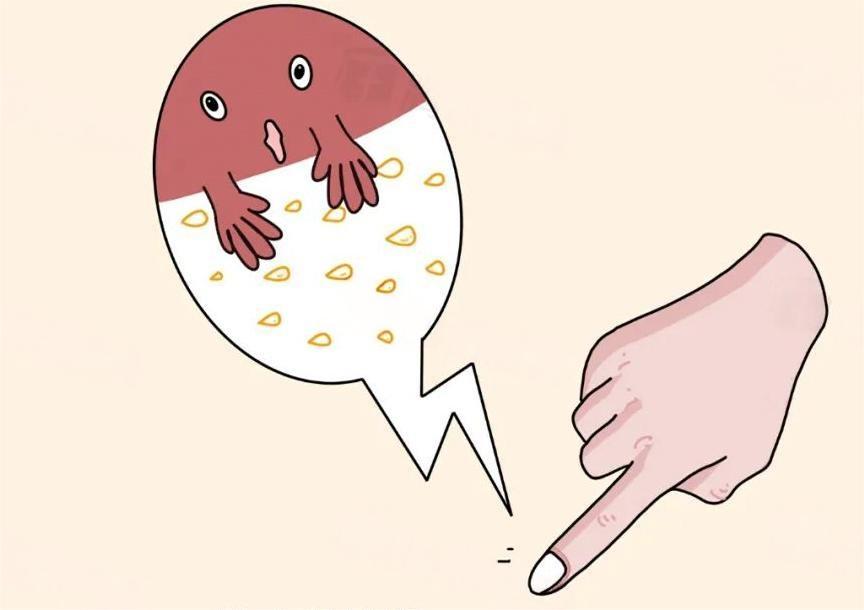
How to prevent ingrown nails?
Remember to protect the sebum film on your skin. Wear gloves when handling chemical agents, such as when washing dishes, to avoid excessive friction on the skin. Use hand cream regularly, paying special attention to the skin around the nails since ingrown nails usually originate from there.
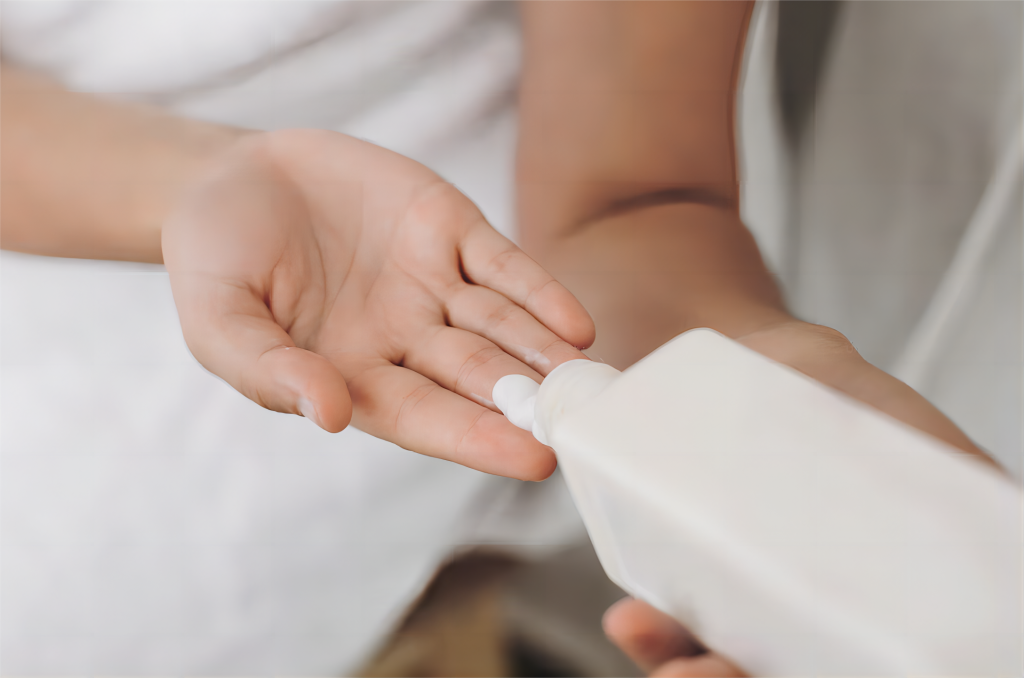
What should you do if you already have ingrown nails?
Ingrown nails are a problem with the stratum corneum, which is a superficial layer of the skin. However, tearing ingrown nails can cause more severe damage to the skin. The more you tear, the larger and deeper the wound may become, and it may even tear off a small piece of flesh. This can lead to bacterial infection, causing skin inflammation, and in severe cases, it can even lead to paronychia (infection of the nail fold). In such cases, soak the affected finger in warm water for a while until the ingrown nail and the surrounding skin soften. Then, use a nail clipper to neatly cut it off from the root, as it’s important to remove it completely. Before cutting, remember to disinfect the nail clipper by wiping it with alcohol. After trimming the ingrown nail, apply a layer of hand cream to the finger to prevent recurrence.
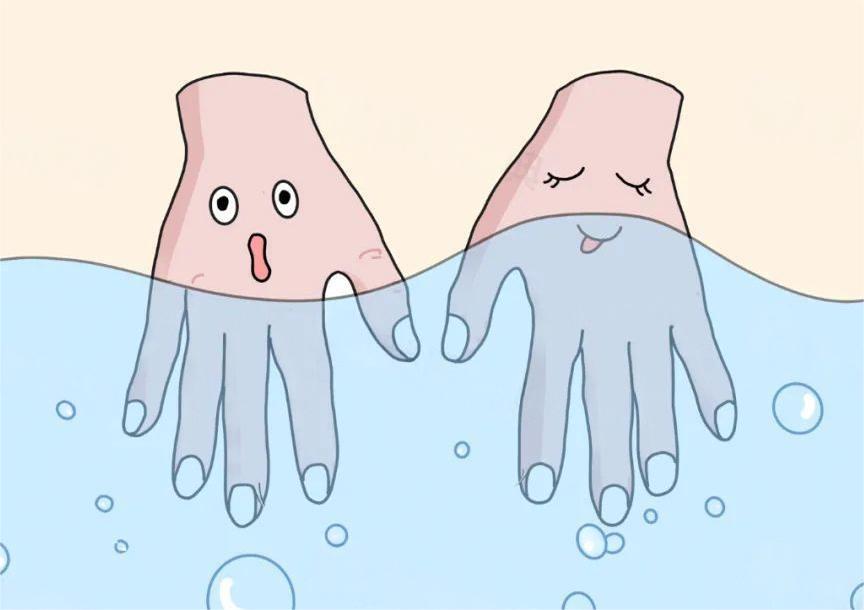
There are many reasons why nails can become ingrown, including dry skin, friction, chemical irritants, and more. Therefore, it’s important to treat ingrown nails correctly, keep the skin on your hands moisturized, and avoid pain and infection.
